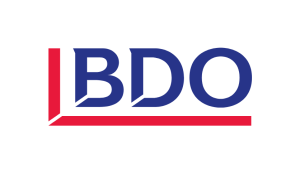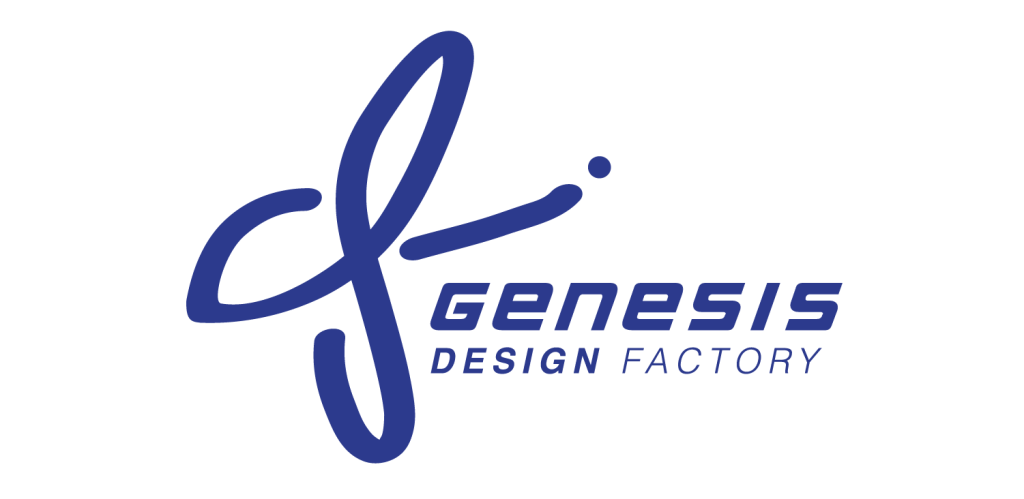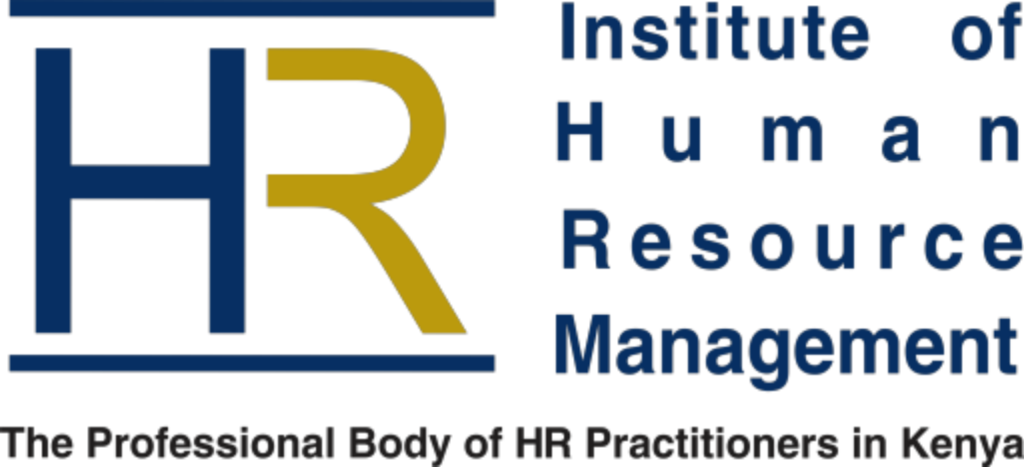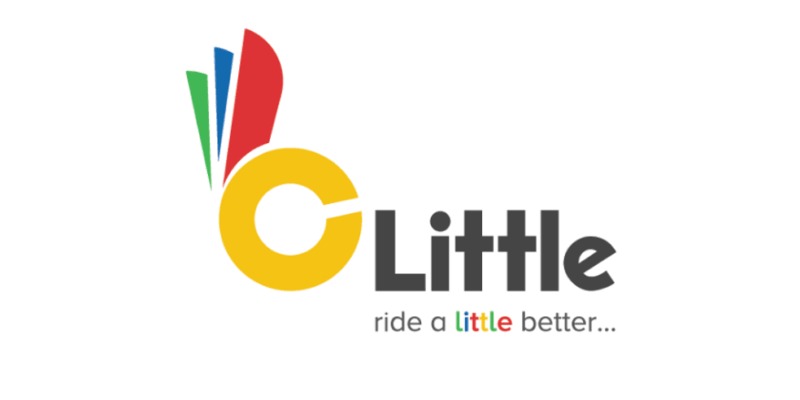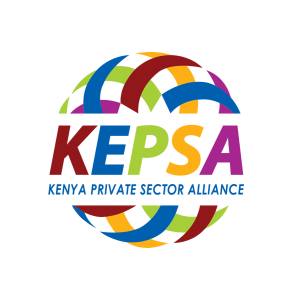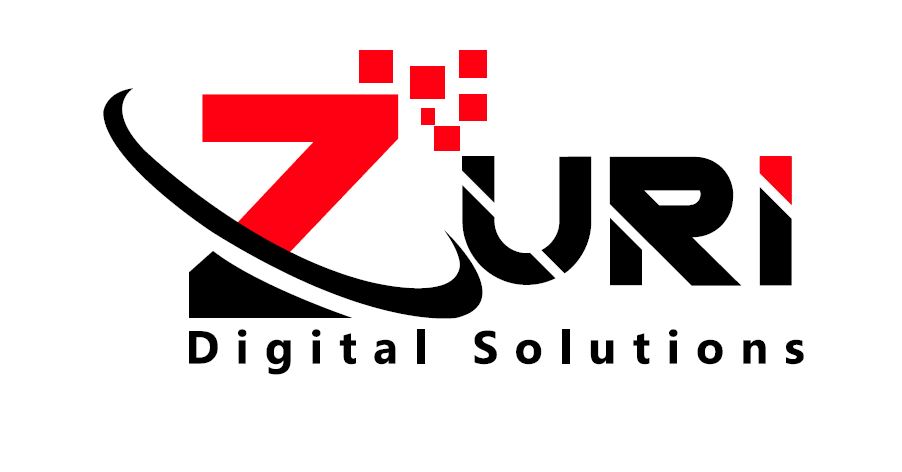Human Resource Management Challenges in the 21st Century
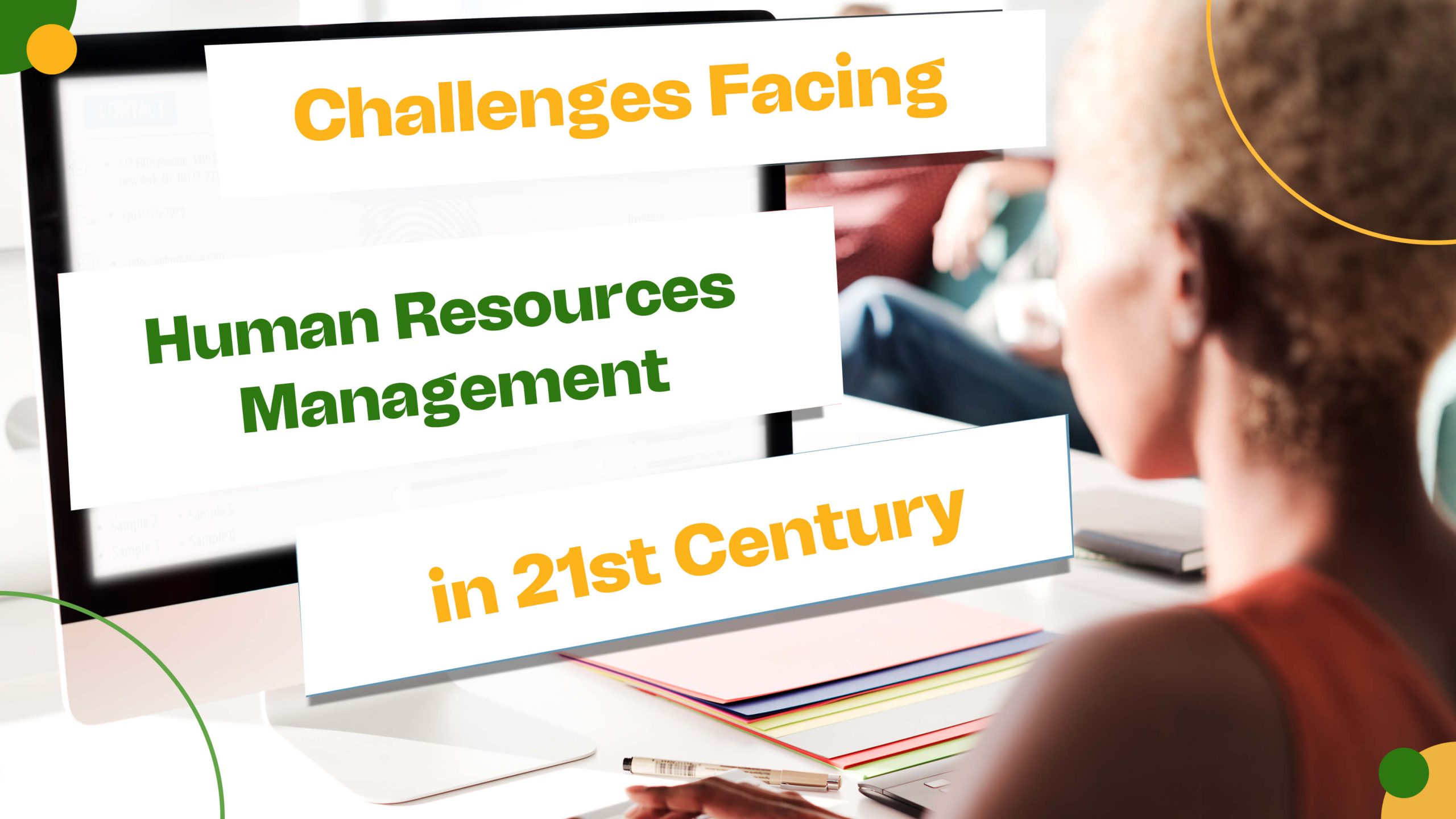
The human resource (HR) department is one of the fundamental units of an organization. It’s responsible for almost every aspect of an employee’s life in an organization. More importantly, it has wide-ranging functions, from helping in business budget control, employee training, employee performance improvement, and improving corporate image to sustaining business success.
Like most other industries, human resource management has experienced significant changes over the years. Consequently, its growth has come along with challenges, especially in the 21st Century. How has this industry evolved, and what are these challenges? Let’s explore more down here.
How has Human Resource Management Evolved?
Over a century ago, human resource management paid more attention to the resource element and not the human aspect. Decades later, during the industrial revolution, there was a profound change whereby human resources was more about managing indentured labor. During this period, the mercantilists would offer attractive inducements to artisans and skilled craftsmen to hire more workers and speed up the production of goods.
However, in the 1920s, there was yet another significant shift influenced by scholars such as Elton Mayo, whereby research showed that employee motivation was not just about money but also influenced by physical factors such as heat, light, rest breaks, and working hours.
Decades later, the role of HR departments has been gradually changing and getting complex as well. After the 19th Century, there have been radical changes in the functions of human resources departments from trade unions, social responsibility, and organized labor management and human relations practices to the current human resource management that is profoundly influenced by new and emerging technologies. On the other hand, the remarkable evolution has brought a few complex challenges to the same field.
In the 21st Century, it’s not all about administrative tasks and personnel management but about employee engagement and welfare. It’s now more critical than before for the HR department and professionals to understand their role in influencing key policies and decisions in the fiercely competitive business world.
What are the Challenges of Human Resource Management in the 21st Century?
Six challenges that HR departments face as they experience continuous evolution in the 21st Century includes embracing new and emerging technologies, change management, high competition, management of diversified workforce, career development and growth, and creating and managing organizational culture.
1. Embracing New and Emerging Technologies
Technology is one radical change around the globe that is reshaping the face of HR, from making recruitment easier, tracking employee time, and enhancing business compliance to determining employee KPIs. Workpay is an ideal example of HR software that helps departments onboard new employees, track their time, and manage payroll and remote teams.
However, HR departments are yet to take full advantage of human resources technology because of the challenges they often face while implementing it. For instance, some employees tend to resist HR technology because they fear their roles within an organization may be scrapped. Additionally, the Society for Human Resource Management (SHRM) cites finding and keeping workers who can adapt to new technology as another challenge hindering human resource management from embracing new technology. More importantly, securing information and confidential data is a great challenge that comes along with technology due to increased data and privacy breaches.
A Possible Solution
For the HR departments to enjoy the immense benefits of new HR technology, leaders have to educate and help employees see technology as a way to make their work easier. Organizations should also provide or facilitate training to their HR professionals on how to use new technologies to perform their functions. Above all, organizations ought to invest in secure and reliable HR technologies. It also may mean further training their personnel on how to secure data and confront security challenges.
2. Change Management
HR managers often cite change management as one key challenge facing HR departments in the 21st Century. As the name suggests, it entails managing change across all levels within a company. To a certain extent, embracing some inevitable organizational changes could be challenging.
For instance, the Covid-19 pandemic brought a lot of change in how businesses operate; it accelerated the adoption of flexible working hours and remote work. While most employees may find this approach quite okay, to others, it’s pretty challenging. In such cases, HR departments play a vital role in developing an effective plan that accommodates such changes in the workplace.
Often, a period of change affects employees’ morale, productivity, and engagement; thus, HR must step in to ensure changes don’t negatively impact a business as they adjust.
A Possible Solution
Changes in organizations are often tricky to implement; therefore, HR departments should be involved from the first steps of implementation to the last one. By doing so, they’ll have an HR strategy that aligns with the changes and needs of the employees. Overall, HR teams will efficiently and effectively execute their role as the bridge between the management and employees.
3. High Competition
Finding the Best Talents Finding, attracting, and maintaining top talents in organizations is a crucial priority and function of HR in an organization. However, achieving this is a challenge in the 21st Century, influenced by factors such as competitive compensation, employee benefit packages, employee satisfaction, and skills needed.
In today’s world, it takes a lot of hard work and time to identify a potential candidate with the right skills. More effort is required to maintain the same talent to avoid losing them in the highly competitive space. Besides, technology has made it easier for other organizations to access other companies’ employees they’re interested in.
A Possible Solution
HR must include a few vital things in its strategies to attract and retain the best talents. They involve leveraging good technology, building a good company culture, recruiting ideal candidates, offering competitive compensation packages, and engaging employees. More importantly, there is a need for development opportunities and an understanding of why employees leave.
4. Management of a Diversified Workforce
Diversity in the workplace is an issue of great concern in human resource management. Nowadays, it’s pretty easy to find employees of different cultures, races, religions, ages, genders, and socio-economic backgrounds working in the same company or department. Workforce diversity is a critical and sensitive issue in most parts of the world. Besides, it has significant implications for management.
Among issues likely to arise while managing diverse workforces include communication barriers, differing opinions, inequitable inclusion, discrimination, stereotyping, and cultural misunderstanding.
Therefore, HR is saddled with the responsibility of ensuring tolerance in a diversified workforce and that each employee experiences a sense of belonging in their workplace.
A Possible Solution
The best way to manage diversity in the workplace starts by reviewing HR policies to ensure they accommodate employees of different ages, sex, race, religion, or culture. Also, focus on inclusive recruitment strategies.
Other helpful tips entail building a standard team culture and educating employees on how to tolerate and respect each other employees. Above all, the HR team and leaders should take a stand against inappropriate behaviors.
5. Career Development and Growth
Every day the world poses new challenges to businesses globally, requiring innovative people and skills to address them. Additionally, employees need to be empowered. Therefore, organizations need to train and develop employees’ on-demand skills to help them remain competitive. Also, they must provide career opportunities that allow employees to advance.
The human resource department is responsible for developing solutions that address training programs and career development. It also entails identifying areas that need skills advancement.
A Possible Solution
HR teams should converse with employees and relevant stakeholders before implementing career development strategies. It will be much easier to identify skill gaps and come up with a more practical career development strategy that aligns with their needs and employees’ interests.
6. Creating and Managing Organizational Culture
Organizational or workplace culture is quite essential to the success of a business in the 21st Century. It determines what kind of talent organizations attract, how well they retain talents, and how productive employees are, and it even influences a brand’s image. Over 43% of HR leaders talk about maintaining a strong company culture as one of their biggest challenges in the workplace.
Change to the organizational culture is done through employees and by the employees. Therefore, HR is liable for creating and maintaining a strong and healthy corporate culture.
A Possible Solution
HR teams and leaders must take the lead on embracing a tremendous organizational culture to influence other employees to adopt the same across an organization. It also entails keeping leaders on track and reminding them of their choices’ impact on employees’ morale and engagement.
Additionally, establishing conflict resolution processes and keeping employees’ welfare at heart is excellent for cultivating a sustainable organizational culture.
The HR team can go as far as operationalizing organizational values through policies and procedures to build a strong foundation of the culture.
Final Thought
Most of the challenges facing human resource management in the 21st Century are associated with significant changes in business models and operations. However, HR leaders and teams have the power, knowledge, skills, and tools to redefine how they face these challenges and variables that influence human resources management.
Notably, technology is one of the greatest tools HR departments should embrace to help them address various challenges related to recruitment, performance management, automated leave management, employee management, record management, employee engagement, etc.
Ensuring that talent management, succession planning, and employee retention strategies are robust and aligned with the organization’s goals is crucial. Additionally, HR practitioners must stay informed about employment laws and collective bargaining processes to navigate the complexities of labor relations effectively.
Educational programs, such as those offered by the University of Minnesota, can provide valuable insights and knowledge for those pursuing a career in business administration or a related field. HR processes like the selection process, performance appraisal, and crafting job descriptions must be continuously refined to meet the evolving needs of the workforce.
In larger organizations, human capital management and strategic planning play an important role in leveraging human capital for a competitive advantage. People management skills are essential for HR managers to help employees reach




